0600 – terrorists Mohammed Atta and Abdulaziz al-Omari traveled to Logan International Airport from Portland International Jetport in Portland, Maine.
0652 – fellow terrorist Marwan al-Shehhi called Atta at Logan to confirm the plans of the attack.

I often find myself overwrought by the news that so many of my friends have succumbed to cancer and I am deeply saddened by the passing of my long-time friend Carl Fulmore.
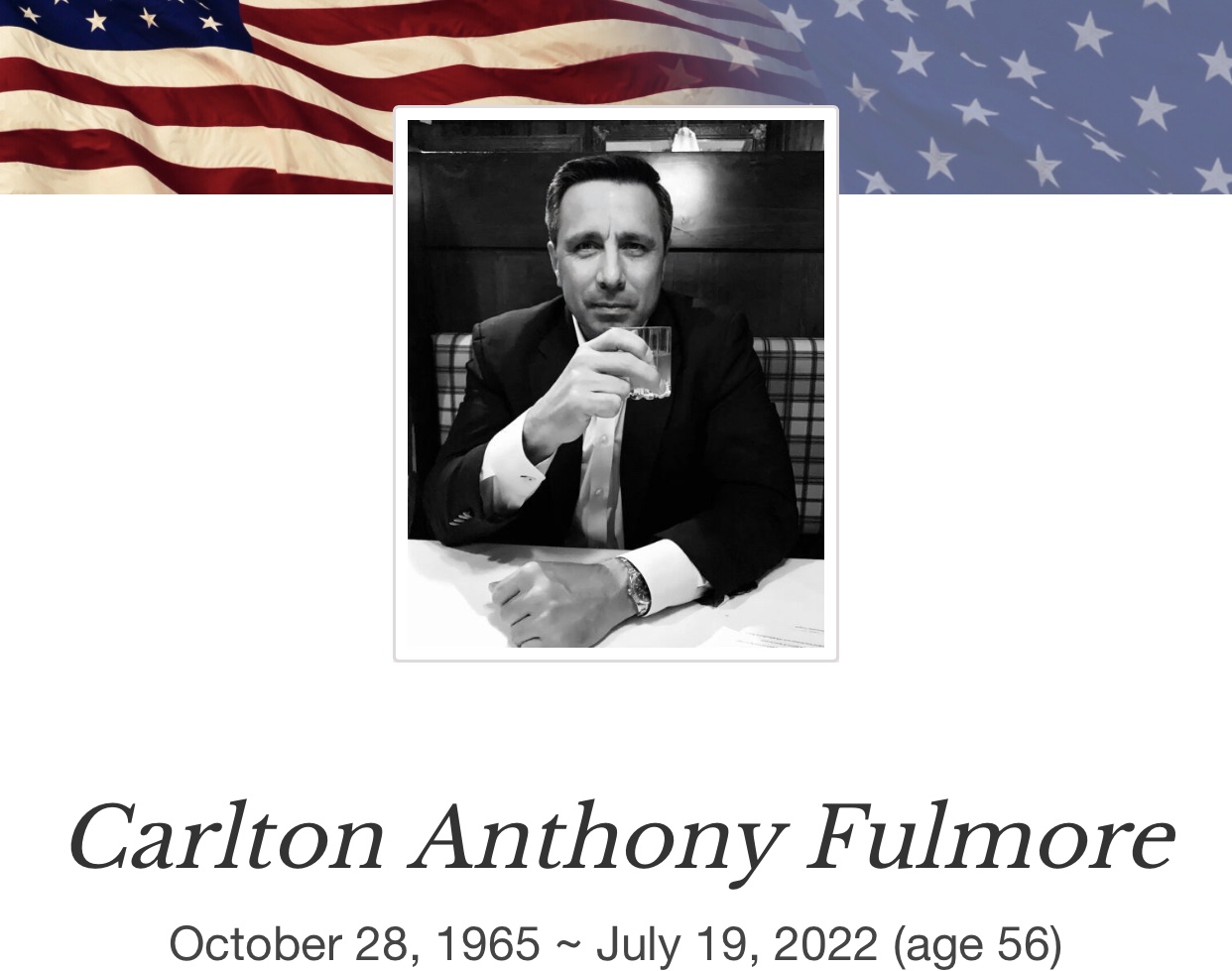
I can come to no other conclusion than that service to his nation took Carl from us at so young an age. Just two years older than me, Carl and I shared many common experiences. We both started our careers as enlisted Soldiers and both earned commissions. We both served in Long Surveillance units in Germany and both served in Special Forces units. Carl was an operator in 10th Group and I was an enabler in 3rd. But Carl and I shared something even deeper and that is a dedication to protecting American service members. Even after his service in PEO Soldier, Carl continued to work in the Soldier protection realm in industry. Carl shared his legacy of service with his son who serves in an Air Force community I hold dear. May the Lord protect all of his family.
What hit me so hard about his sudden passing is how stoic he was as a man. Cancer has culled our community, taking many a man in his prime. He didn’t complain. Carl, like so many of his contemporaries deserved more. He ended up giving his all for his nation. A bullet didn’t strike him down, but they got him, all the same.
Read a brief, and very humble biography of a man I place among giants here.
According a joint announcement from Speaker of the House Nancy Pelosi and Senate Majority LeadeR Chuck Schumer, World War Two Veteran and retired Marine CW4 Woodrow “Woody” Williams will lie in honor in the United States Capitol Rotunda.
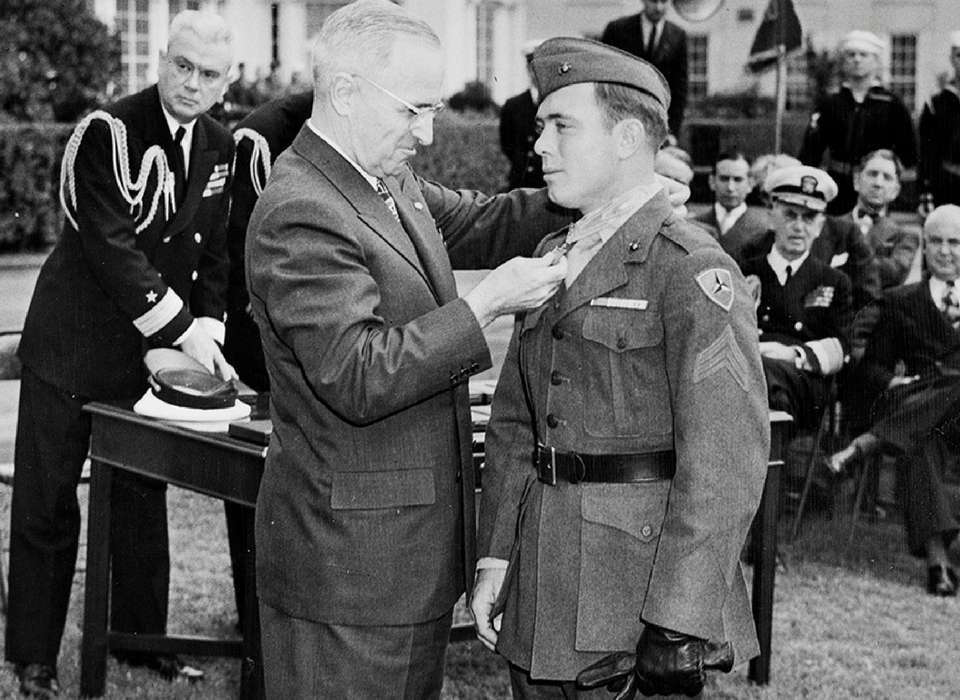
Photo from National WWII Museum.
Woody Williams, the last surviving World War II Medal of Honor recipient, was a hero of World War II, serving in the United States Marine Corps and fighting in the Pacific Theater. Best known for his valiant service at the Battle of Iwo Jima, Woody was awarded the military’s highest decoration for combat service, the Medal of Honor. After the war, he devoted his life to caring for veterans and their families, working to bring Gold Star Families Memorial Monuments to more than a hundred communities across the country.
“Woody Williams embodied the best of America: living a life of duty, honor and courage,” Speaker Nancy Pelosi said. “His fearless valor at Iwo Jima and throughout the Pacific Theater helped power an American victory over fascism in the Second World War and earned him a deeply deserved Medal of Honor. When Woody lies in honor under the Capitol Dome, it will be with immense gratitude for his service that the Congress will pay tribute to this legendary hero — and all of the patriots who fought for our nation in World War II.”
“Woody Williams was an American hero who embodied the best of our country and the greatest generation,” said Majority Leader Schumer. “This is only a small tribute to someone who has made as impactful contributions to America as Woody and all our brave soldiers who fought against tyranny and defended our country in World War II. Whether it was for his acts of bravery in combat or his tireless advocacy for all veterans and their families, Woody made our entire country, especially his fellow West Virginians, proud.”
Currently, the casket of the West Virginia native is in the State Capitol in Charleston. CW4 Williams will take his place of honor in the nation’s Capitol after Congress returns from their summer recess.
H/T to W McN
At its heart, I find Memorial Day a rather somber occasion. I dwell on thoughts of those who aren’t with us anymore except in spirit; but it’s their spirit I cherish in spite of the feeling of loss. It’s not just the buddies I have who’ve paid the ultimate sacrifice. I think of others who succumbed to the “other”…some service related and some of old age. Regardless, they all served something bigger than themselves, at least for a time. And for that, I raise a toast.
God bless and keep them all for their sacrifice.
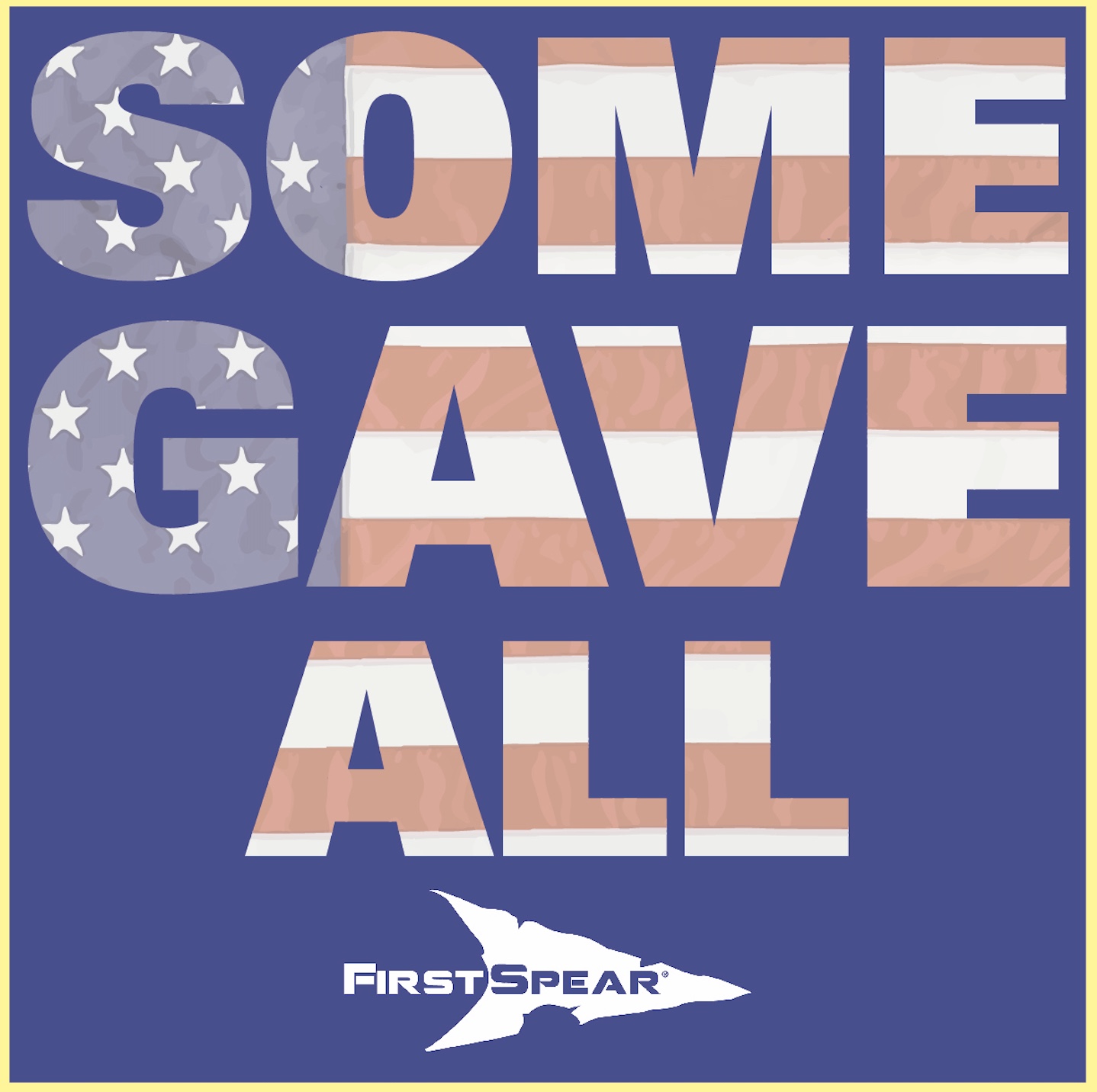
This Memorial Day, we at FS take time to reflect on the sacrifice’s on behalf of those who paid the ultimate sacrifice. The price of freedom isn’t free.
In the early morning hours of 25 April, 1980 President Carter announced to a stunned world that the United States had undertaken an ambitious raid into Iran to liberate 52 American hostages held illegally at our Embassy compound in Tehran. The assault force of what was known as “Operation Eagle Claw” can be seen here, loading C141s.
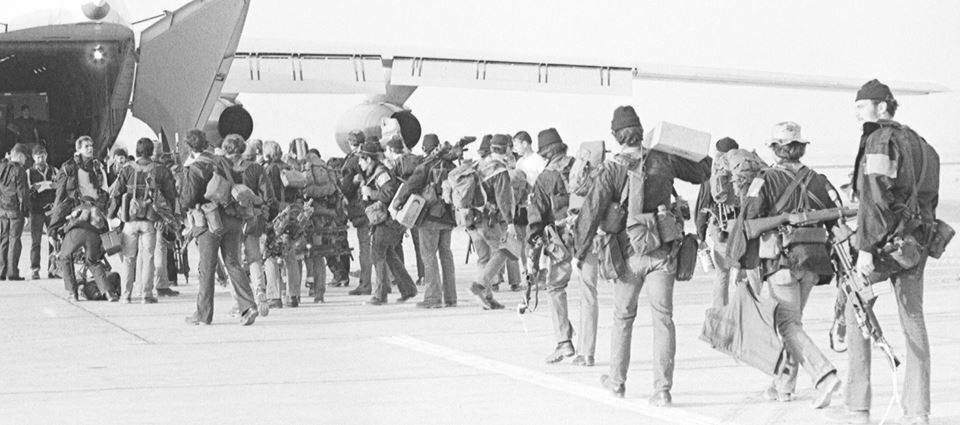
Unfortunately, the task force was unsuccessful and we lost eight American servicemen in a horrible aircraft ground collision.
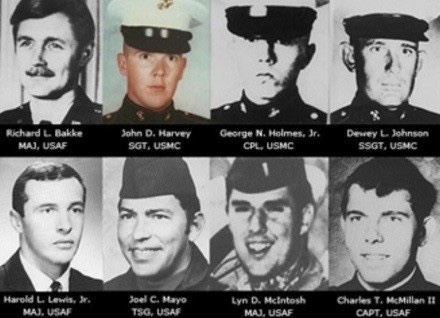
However, their deaths were not in vain. The hostages were eventually repatriated and the accident was the watershed event that created, over the next several decades, the world’s preeminent Special Operations capability; USSOCOM and its components. Forty years later, we wouldn’t be where are without the determination of that fledgling task force. Join me in remembering those that had the guts to try.
Earlier this week Col Gail S. Halvorsen (USAF, Ret) aka The Berlin Candy Bomber and Uncle Wiggly Wings passed away. His family was at his side at the Intermountain Utah Valley Hospital in Provo, Utah, where he was admitted following a short illness. Colonel Halvorsen was 101 years old and he is survived by his five children and numerous grand- and great grandchildren.
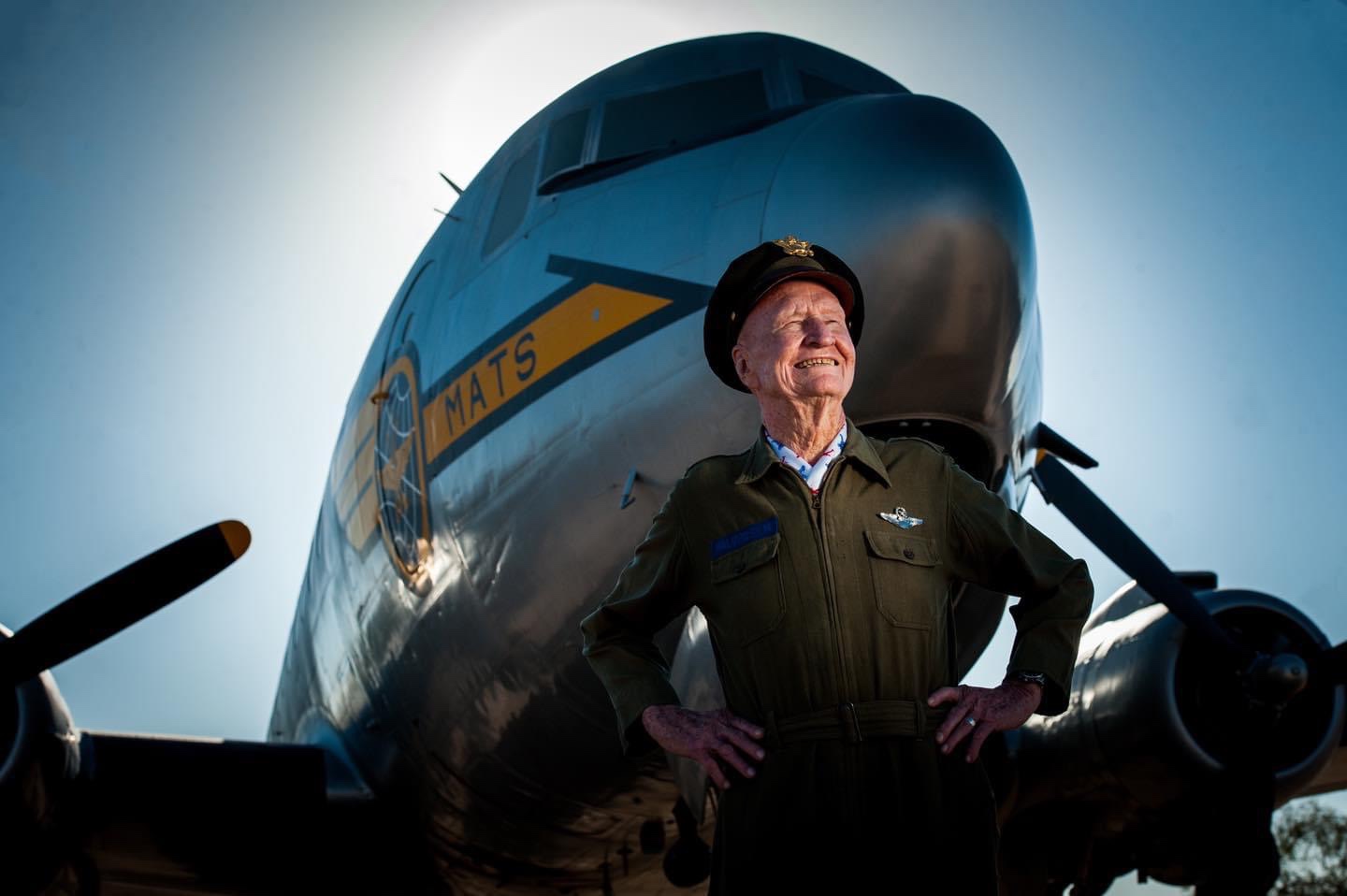
We received this information from the Airlift/Tanker Association:
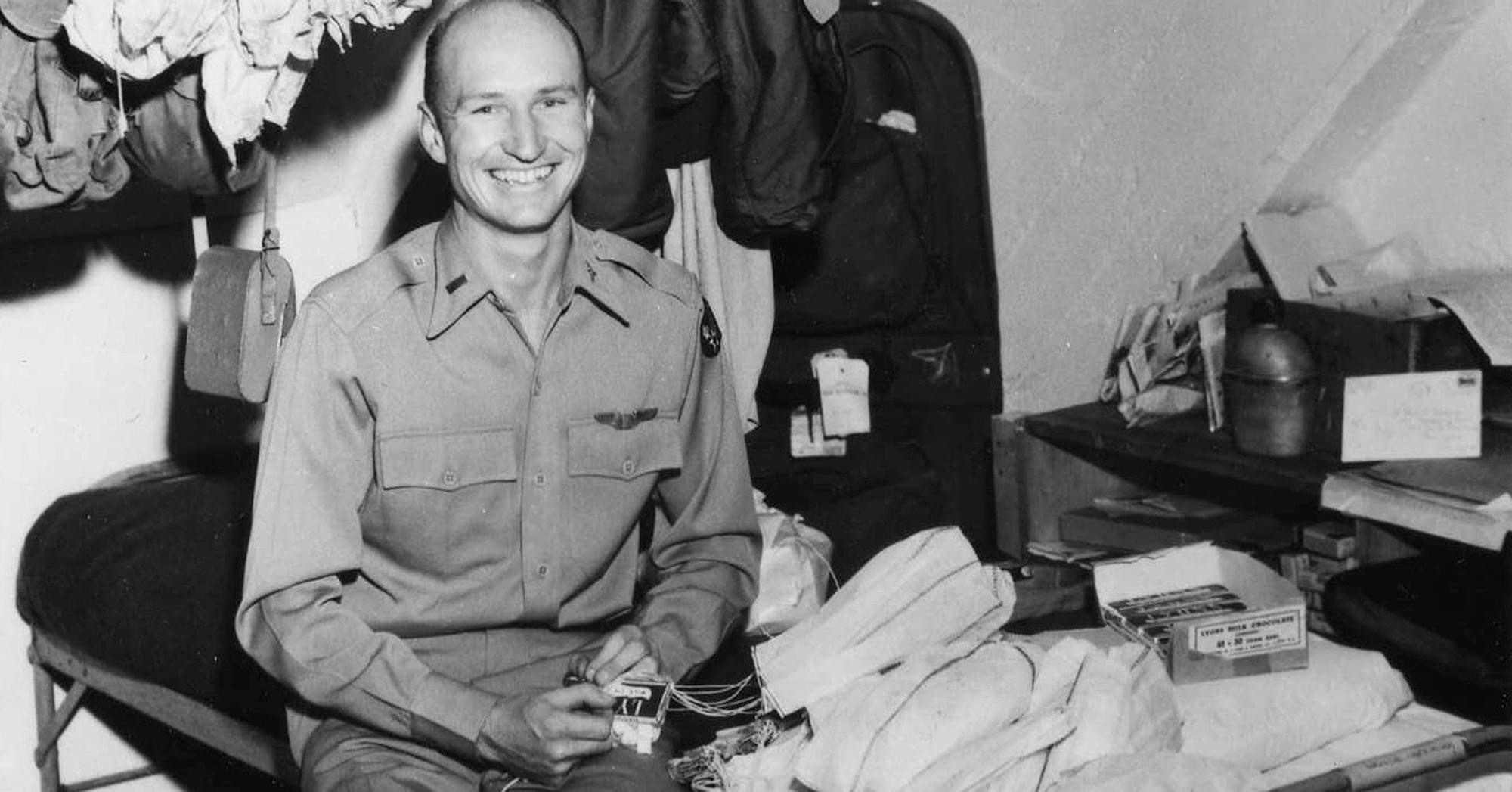
Col Halvorsen, a Utah native, began his flying career when he earned his private pilot’s license in 1941 through a Civil Air Patrol program. His passion for aviation led him to join the Army Air Force in 1942 flying transport aircraft. In 1948, peace in Europe was threatened as the Soviet Union blockaded all ground access to war-torn West Berlin. Then, Lt Halvorsen, a member of the newly formed United States Air Force, began flying humanitarian airlift missions to starving West Berliners. During one mission, he paused to share two sticks of gum with nearby German children who were watching the aircraft and busy flightline. Two sticks of gum did not go far and he promised the children he would be back the next day to drop candy from his airplane, telling them, you will know it is me when I “wiggle” my wings. That simple act of kindness and compassion led to “Operation Little Vittles” and, in all, over 23 tons of candy were dropped from Allied aircraft. His impact spread beyond the smiles of German children. He brought visibility to the plight of the German people and put a human face on their suffering—Americans now saw the Germans as humans, not enemies. Strategically, the Allied resolve strengthened, and West Berlin’s freedom was secured without a single shot fired and his act of kindness forged the strong bond between America and Germany that endures today.
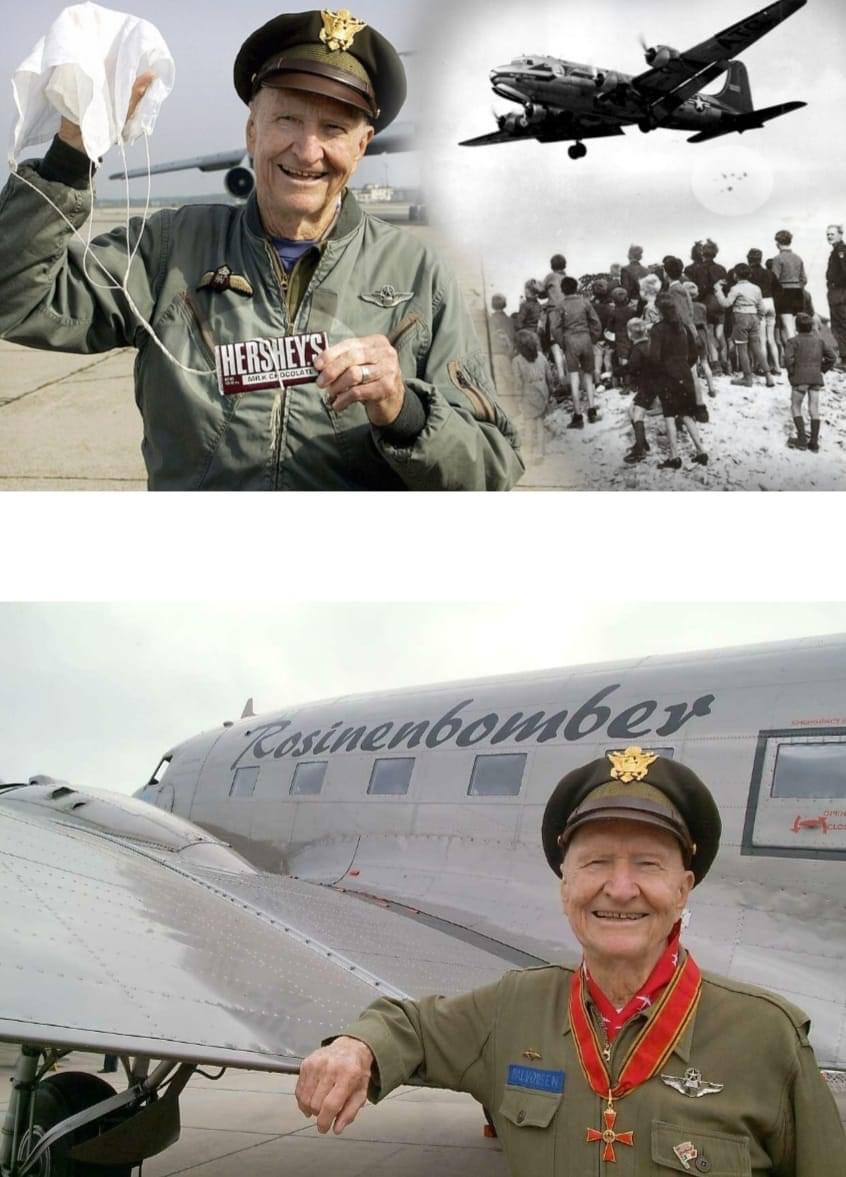
After hanging up his uniform Col Halvorsen continued his life of service by inspiring youth and adults around the world to a life of service.
May He Rest In Peace